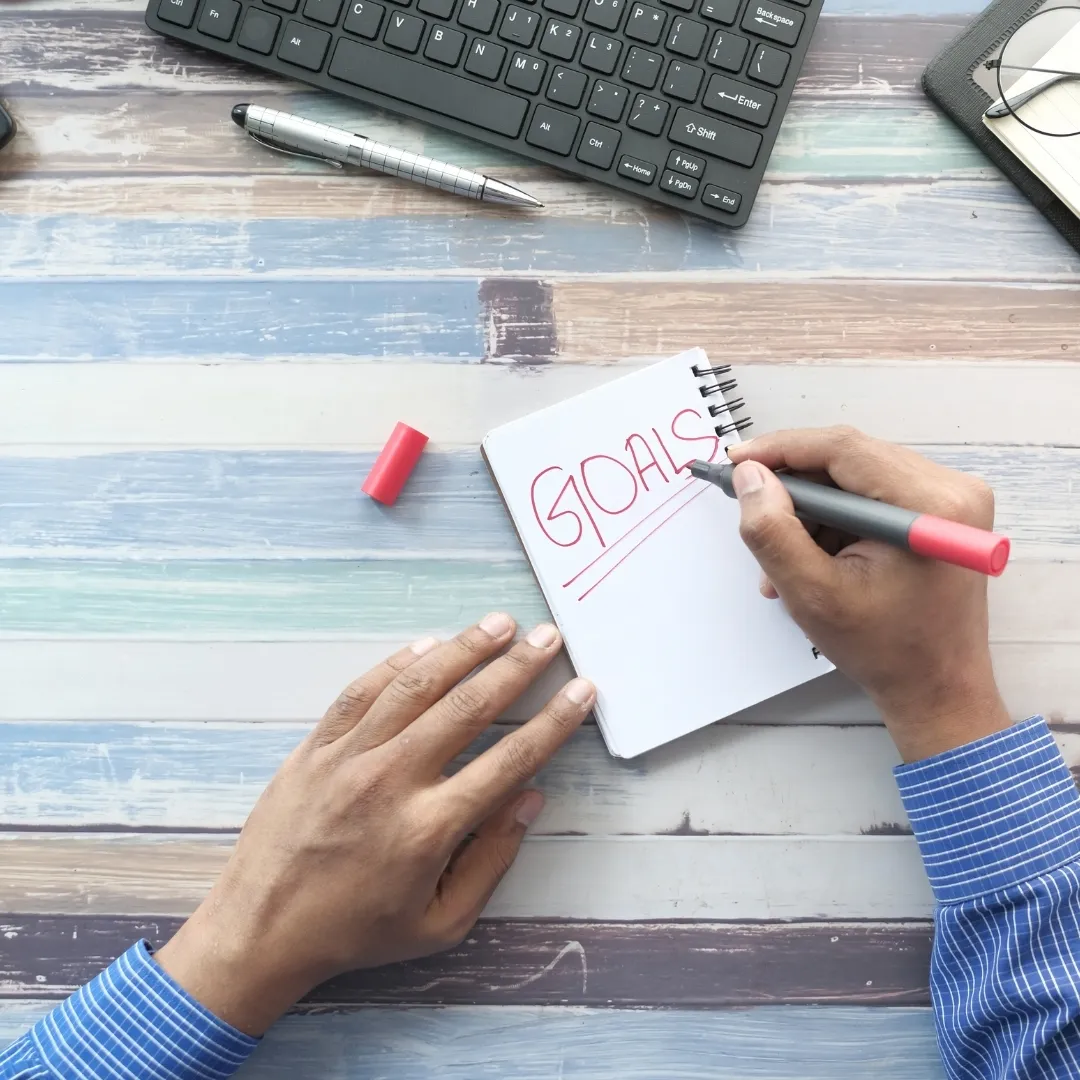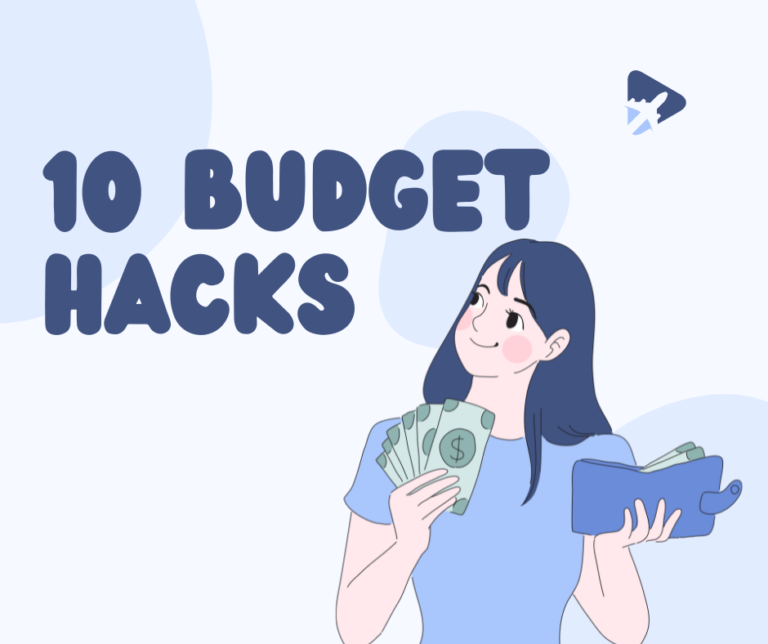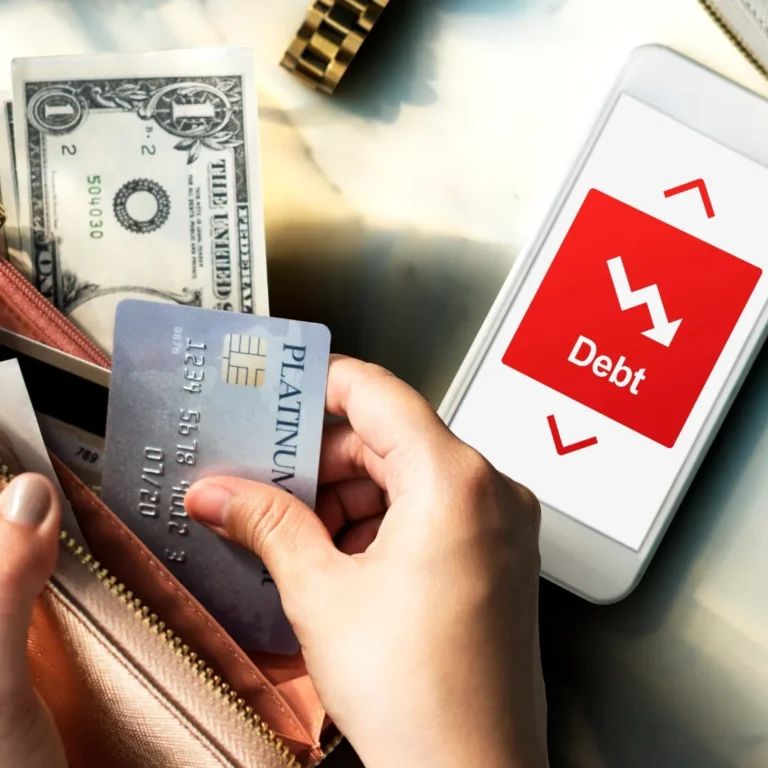In the United States, the average American owes over $16.51 trillion in debt by the third quarter of 2022. No matter your age or life stage, managing debt well is key to financial health. Luckily, there are many tools and strategies to help you control your debt and improve your finances.
Key Takeaways
- Debt management is essential for financial stability and long-term wealth building.
- Evaluating your current debt situation is the first step to developing an effective debt reduction plan.
- Exploring debt consolidation options can simplify repayment and potentially lower interest rates.
- Utilizing proven debt management methods, such as the Debt Avalanche or Debt Snowball, can optimize your debt payoff strategy.
- Building a budget and an emergency fund are essential for maintaining financial discipline and preventing future debt accumulation.
Assess Your Current Debt Situation
Start by understanding your financial situation. List all your debts and their interest rates. This gives you a clear view of what you owe and the costs.
List All Outstanding Debts and Interest Rates
Collect your loan statements and make a detailed list. Include debt totals, interest rates, and minimum payments. This helps you see where you can cut costs and pay off debt faster.
Check Your Credit Report for Accuracy
Get your credit report from the three major agencies. Check it for errors and debts you might have missed. Fixing any mistakes helps you manage your debt better.
| Debt Type | Outstanding Balance | Interest Rate | Minimum Monthly Payment |
|---|---|---|---|
| Credit Card 1 | $5,000 | 18.99% | $150 |
| Student Loan 1 | $12,000 | 5.75% | $125 |
| Personal Loan | $8,000 | 10.50% | $200 |
| Mortgage | $250,000 | 4.25% | $1,500 |
These steps help you understand your debt. This knowledge lets you make smart choices and plan your debt repayment.
Explore Debt Consolidation Options
Paying off many debts with different interest rates can feel overwhelming. Debt consolidation can help by merging these debts into one easier payment. You can look into balance transfers and personal loans as two main options.
Consider a Balance Transfer to a Low-Interest Credit Card
Think about getting a credit card with a 0% introductory APR for balance transfers. This lets you move high-interest debt to the new card, saving you a lot on interest. But, remember to watch out for balance transfer fees, usually 2% to 3% of the amount you transfer.
The average credit card interest rate is about 21%, making balance transfers a good way to cut down on debt costs. With great credit, you might get a card with a 0% APR for up to 21 months. This gives you time to pay off the debt before regular interest rates start.
Look into Personal Loans for Debt Consolidation
Another way to consolidate debt is with a personal loan. These loans have an average interest rate of 11.93%, which is lower than most credit card rates. If you have excellent credit, you might even find a loan with a rate as low as 6.5% APR.
Personal loans offer a fixed interest rate and repayment term, making it easier to plan your monthly payments. This is great if you’re finding it hard to keep up with high-interest debt minimum payments. Just remember, applying for a personal loan might cause a temporary drop in your credit score due to a hard credit check.

Balance transfers and personal loans are both good options for debt consolidation. The best choice for you depends on your credit score, the debt amount, and your financial goals. Look at the terms and fees of each option to pick the best way to move forward.
Debt Management Tools
When tackling your debts, two strategies are key – the debt avalanche and debt snowball methods. Both can help you pay off debts, but they work differently. They focus on different debts and can save you money.
Debt Avalanche Method: Pay Off High-Interest Debts First
The debt avalanche method targets the debt with the highest interest rate first. This can save you more in interest over time. It focuses on the debts that cost you the most.
Debt Snowball Method: Pay Off Smallest Balances First
The debt snowball method starts with the smallest debt, ignoring interest rates. It’s motivating because you see debts disappear quickly. It might not save as much interest as the debt avalanche, but it’s engaging.
Choosing a method depends on your financial situation and what motivates you. The debt avalanche might save more interest, but the debt snowball can keep you motivated. Pick the method that fits your goals and keeps you on track.
| Debt Payoff Tool | Cost | Current User Ratings |
|---|---|---|
| Debt Payoff Planner | Free with ads; $2/month for Pro | App Store: 4.7, Google Play: 4.5 |
| Qapital | $3/month for Basic; $6/month for Complete; $12/month for Premier | App Store: 4.8, Google Play: 4.4 |
| ZilchWorks | $46.94 | N/A |
| Undebt.it | $12/year for premium | N/A |
| Unbury.me | Free | N/A |
| Vertex42 | Free | N/A |
| Debt Payoff Assistant | Free | App Store: 3.8 |
| Bright Money | $6.99/month paid annually; $8.99/month paid semi-annually or $14.99/month | App Store: 4.8, Google Play: 4.7 |
These tools can help you pay off debts, whether you pick the debt avalanche or debt snowball. Using the right tools and strategies can put you in control of your finances. This can lead you to becoming debt-free.
Create a Budgeting Plan
Managing debt is more than just paying off what you owe. It’s key to make a detailed budget plan. This plan helps you manage your spending and saving. It’s important to know the difference between what you need and what you want. Also, having a strong emergency fund is crucial for unexpected costs.
Separate Needs from Wants
Look at your spending and sort it into needs and wants. Needs are must-haves like a place to live, utilities, food, and a way to get around. Wants are things you can live without, like going out for dinner or buying luxury items.
Knowing the difference lets you put more money towards paying off debt. You can still enjoy some of your money for fun things. This way, you meet your financial goals without feeling too strict.
Build an Emergency Fund
- Try to save 3-6 months’ expenses in an emergency fund.
- This fund helps you avoid more debt when unexpected bills come up, like medical bills or car fixes.
- Begin with small amounts and increase them over time, even if it’s just $50 a week.
- Check your taxes at work and adjust them to help grow your emergency fund faster.
By making a budget that clearly separates needs from wants and focuses on an emergency fund, you’re taking a big step towards financial stability. This can greatly reduce your debt.

“Budgeting is the key to financial freedom and debt reduction. It’s not about restricting your life, but rather about making informed choices and aligning your spending with your priorities.”
| Budgeting Tip | Explanation |
|---|---|
| 50/30/20 Rule | Use 50% of your after-tax income for needs, 30% for wants, and 20% for savings and debt. |
| Emergency Fund | Save 3-6 months’ living expenses in an emergency fund. |
| Retirement Savings | Put at least 15% of your income, including any employer match, into retirement savings. |
Develop Better Credit Card Habits
Credit cards can be a useful financial tool when used wisely. To improve your credit card habits, use them thoughtfully within your budget. Also, take advantage of the rewards and protections they offer. This way, you can avoid getting into debt and keep a healthy financial status.
Use Credit Cards Strategically Within Your Budget
It’s key to be disciplined with your spending when using credit cards. Avoid buying things on impulse or spending more than you can afford. Always pay off your balances fully each month to dodge interest charges. These charges can quickly increase your debt.
Also, sorting out your monthly expenses can show you where to cut back. This lets you put more money towards paying off your credit card debt. By watching your spending and sticking to a budget, you can use credit cards without letting them harm your financial goals.
Take Advantage of Rewards and Protections
Many credit cards let you earn points, miles, or cash back on what you buy. Use your card for the right purchases to enjoy these rewards and save money on everyday costs.
Credit cards also come with protections like extended warranties, purchase protection, and fraud coverage. Learn about these benefits and use them to get the most value from your card.
Being responsible with your credit cards is crucial for a healthy financial life. By using them wisely, enjoying the rewards and protections, and staying within your budget, you can develop good credit card habits. These habits will help you in the long term.
“Paying more than the monthly minimum can lead to paying less interest overall.”
| Metric | Value |
|---|---|
| Total Credit Card Debt in America | $1.115 trillion in 2024 |
| Average American Credit Card Debt | $6,218 |
| Average Credit Card Interest Rate | 22.63% (highest since 1994) |
Seek Professional Assistance
If you’re finding it hard to handle your debt alone, getting help from professionals might be a smart move. Nonprofit credit counseling services, linked to the National Foundation for Credit Counseling, offer the support you need. They help you reach your debt reduction goals.
Consider Credit Counseling Services
Credit counseling agencies can help you make a debt management plan. They can also talk to your creditors for you. This can lead to lower interest rates and fees, making it easier to pay off debts.
These services don’t require a minimum credit score, so they help many people in financial trouble. By working with a credit counseling agency, you get the help and tools you need to manage your debt. Experts create a plan tailored to your financial situation, guiding you towards financial stability.







